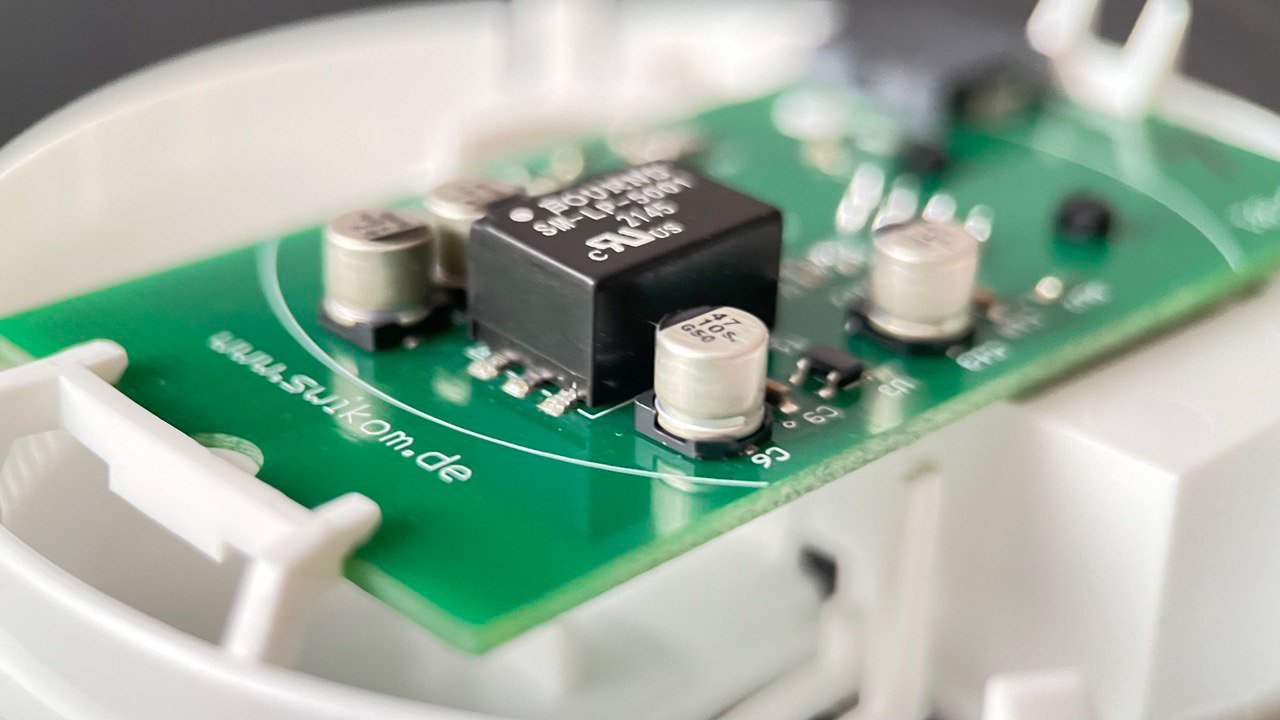Patented Technology
We have developed a technology that enable to stream an unlimited number of I2S, PDM, TDM, SPI or other serial channels to host without FPGA or DSP processors. This technology is used in our broadcast monitoring systems, network audio monitoring and recording solutions and microphone arrays. It is possible to process hundreds audio channels simultaneously using a single board computer. All channels are synchronous. All signals are synchronized with a common clock and acquired on host synchronized and interleaved per USB port. Multiple USB ports can be synchronized on host.
Key Features and Benefits
Applications
Architecture
System Overview
Massive Distributed Microphone Array (MDMA) system consists of following components:
- Microphone modules,
- Microphone Array,
- Data acquisition system (DAQ) with a firmware software,
- Data processing system (DPS) with a low-level host software.
Data Acquisition and Processing System
Data Acquisition and Processing system provides following functionalities:
- conversion of PDM, I2S or TDM to USB3.0 or Ethernet
- multiple units synchronization
- recording of additional parameters
- direct low-level access to acquired data
- beamforming
- audio data analysis operations on the processor or GPU
- audio data conversion
- TCP/IP distribution
The images below demonstrate different models of data acquisition and processing system.
4 channel system
62 channel system
Microphones and Microphone Arrays
Following microphone array implementations are possible:
- single PCB
- multiple PCBs
- external microphones
The following sections describe a microphone array implementation based on external microphones with I2S digital output.
Highlights
- unlimited number of microphone modules
- all microphone channels are synchronized and synchronous
- support of different microphone types
- microphone array PCB or external microphone implementations
- support any configuration: rectangular, polar, spiral
- light weight design and stable construction
- up to 32 bit / 768 kHz per channel
- tested with 180 microphones (digital I2S interface, 24-bit, 48 kHz) in parallel on mini-pc Odroid N2
- Data acquisition and processing system can be assembled with NVIDIA Jetson Nano and Jetson Xavier
Flexible configuration
Following configurations are possible:
- 62 microphones with I2S output per USB port; synchronization of multiple USB ports is possible;
- 31 stereo ADCs (up to 32-bit / 768 kHz) with I2S output per USB port; synchronisation of multiple USB ports is possible;
- 31 multichannel audio ADCs (TDM, max 8 channels). This will increase the number of microphone channels to 248 per USB port;
- 248 microphones with PDM output per USB port using PDM to TDM converter.
Microphones
Microphone array is based on Micro-Electro-Mechanical Systems (MEMS) microphones that provide a cost-effective alternative to established systems based on condenser microphones. Advantages of the MEMS technology are a small footprint, low cost and a high resistance to aging and temperature influence. It is also possible to install other types of microphones with an analog or digital output (e.g. for ultrasonic scenarios). Variable number of microphones can be connected together on the microphone array and all microphones are operated from the same clock signal.
Microphone Array with external microphones
Single microphone units are placed on a special light weight and stable construction (microphone array). The base of the microphone array consists of aluminium. The base can be covered by a solid material or include additional elements in the form of a grid with different configurations: rectangular, polar, spiral. The microphone spacing is dependent on the beamforming properties (see Master Thesis from Simon Gapp for more details).
- unlimited expansion
- flexible configuration of the location
- microphone modules of different types are possible (e.g. audio, ultrasonic, etc.)
Software
- Unlimited number of microphones
- Flexible configuration of microphone placement (X, Y, Z) and precision
- Any spatial configuration is possible using external microphones
- Rapid practical evaluation of beamforming algorithms and microphone placement patterns
- Seamless transition from external to internal microphones (single PCB solution)
- Integrated filters
- GPU processing of beamforming algorithms
- Сomparing the sound from a single microphone, averaged from all microphones or at a specific point
- Real Time
Please contact us if you:
- participate in a development or research project in the area of audio or microphone arrays,
- would like to build a microphone array,
- have application scenarios that require microphone arrays, spatial distributed microphone arrays or huge microphone arrays.
Let’s discuss different implementation strategies.
Our latest datasheets:
Medium-Level
Advanced-Level
Microphone Arrays
Please don’t hesitate to contact us with any question.
We’d love to help!



















